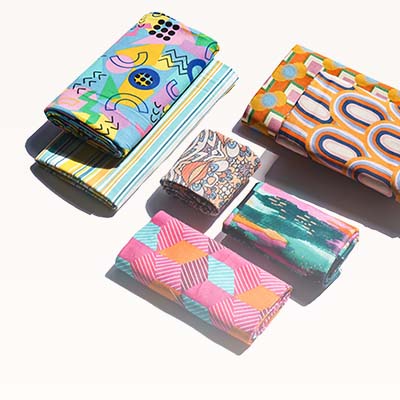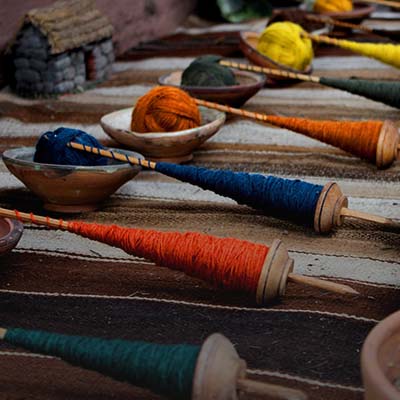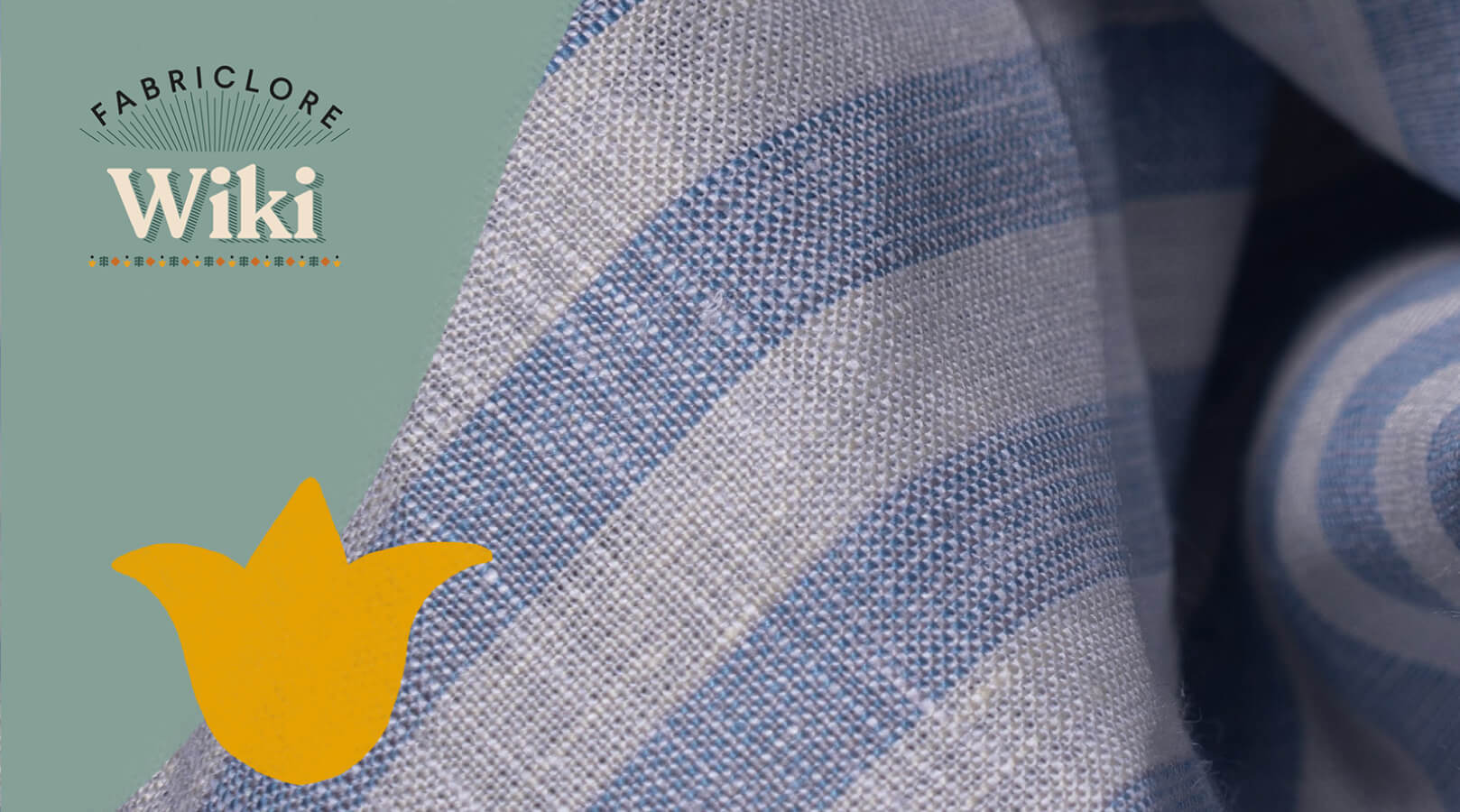What is Cotton Fabric?
- Cotton is the most widely used fabric which is extracted from cotton plants and is an extremely versatile fabric.
- In order to create a durable fabric, it is spun to yarn and then woven into a cloth.
- Cotton plant is grown in around every tropical as well as subtropical area across the globe.
- These regions are - India, China, Turkey and the United States.
- The Cotton Fabric holds moisture for a longer period and keeps body temperature cool.
- Different kinds of cotton fabrics are: Short-staple cotton , Pima cotton and Egyptian cotton.

History
- The initial production of raw cotton was processed in India during the 5th Century.
- Along with it, the Cotton gin, the tool which is used to separate the fluff from the seed, was designed by Indians.
- Usage of Cotton gin assisted in ease of production by making the fiber outspread.
- Throughout the period of the industrial revolution, the invention of new techniques such as spinning frames and spinning jenny made Britain stand among the leading producers of cotton.
- All these technologies let producers spin the cotton at an increased rate.
- As said by people, during the 16th Century garments made out of cotton fiber were so delicate that they easily got torn after using them for around 16 hours.
- However, the supply of cotton started flowing out of India following the supply cut off from the U.S. after the Civil War.

What Makes it Special?
|
Softness |
The cotton plant has a fuzzy and soft-touch which concludes in producing soft cotton fabric. |
|
Durability |
The cellular framework of cotton is strong and stimulates to be a tear resistant material. |
|
Absorbency |
Cotton is a very good absorbent in nature as it comprises a great room for fibers. |
|
Dye |
Due to its absorbent nature, cotton blend fabric can easily be dyed into varied colors. |
|
Breathable |
Its fiber structure makes it breathable in comparison to other synthetic materials. |
|
No static |
It does not conduct any electricity and does not possess any static problems. |
Application & Usage
|
Woven Fabrics |
Denim, Flannel, Canvas, etc. |
|
Clothing |
T-shirts, Dresses, Sweat-shirts, etc. |
|
Home Furnishing |
Bed-sheets, Rugs, Curtains, etc. |
|
Cotton-seed |
Candles, Make-up, Soap, etc. |
|
Food |
Cotton-seed oil (Salad dressing) |
New Age Innovation
Producing raw cotton devoid of using harmful chemicals, pesticides etc is considered environment-friendly. Traditional cotton utilizes chemicals upto 10 percent and insecticides upto 25 percent. Organic cotton is manufactured from plants that aren’t genetically modified.

Products of organic cotton are likely to sustain much stronger demand in the market in comparison to other fabrics, offering unrivaled opportunities for people to engage in business.
How to Judge the Authenticity of Cotton?
- Touching the fabric is the first and foremost way to judge it. Cotton which is 100 percent pure is quite stiff in nature. The stiffness of the fabric makes it easy to fold as well as crease the line.
- Cotton usually gets soft following the process of washing, however, it will still be simply wrinkled.
- Check the density of the material by posing it to light. If the fabric passes a great amount of light then it means that fabric is not dense and will not result in a durable fabric.
- Machine woven cotton is made up of closely spun threads, that is , there are no gaps in the fabric. Whereas, hand woven cotton has gaps and aren’t woven closely.

Care Instructions
Cotton can be washed in a machine or can be dry cleaned, depending upon the color of the cloth. Check the label on the cloth for instructions before washing it.
- If there is any stain then pretreat it prior to washing it.
- Wash similar color tones together.
- Dark color clothes must be cleaned in cold water whereas light color clothes must be cleaned in warm water or on the basis of a cool cycle.
- Cotton can be washed with bleach.
- Pre-wash the fabric in case you are sewing it as cotton tends to shrink after washing.
- It can be hand dry as well as tumble dry.
- As cotton easily gets wrinkled, therefore you should line dry it and avoid keeping it for a longer period in the dryer.

We also happen to be a magnet for suggestions, and would love to catch yours….throw us yours on hello@fabriclore.com









Leave a comment
All comments are moderated before being published.
This site is protected by reCAPTCHA and the Google Privacy Policy and Terms of Service apply.